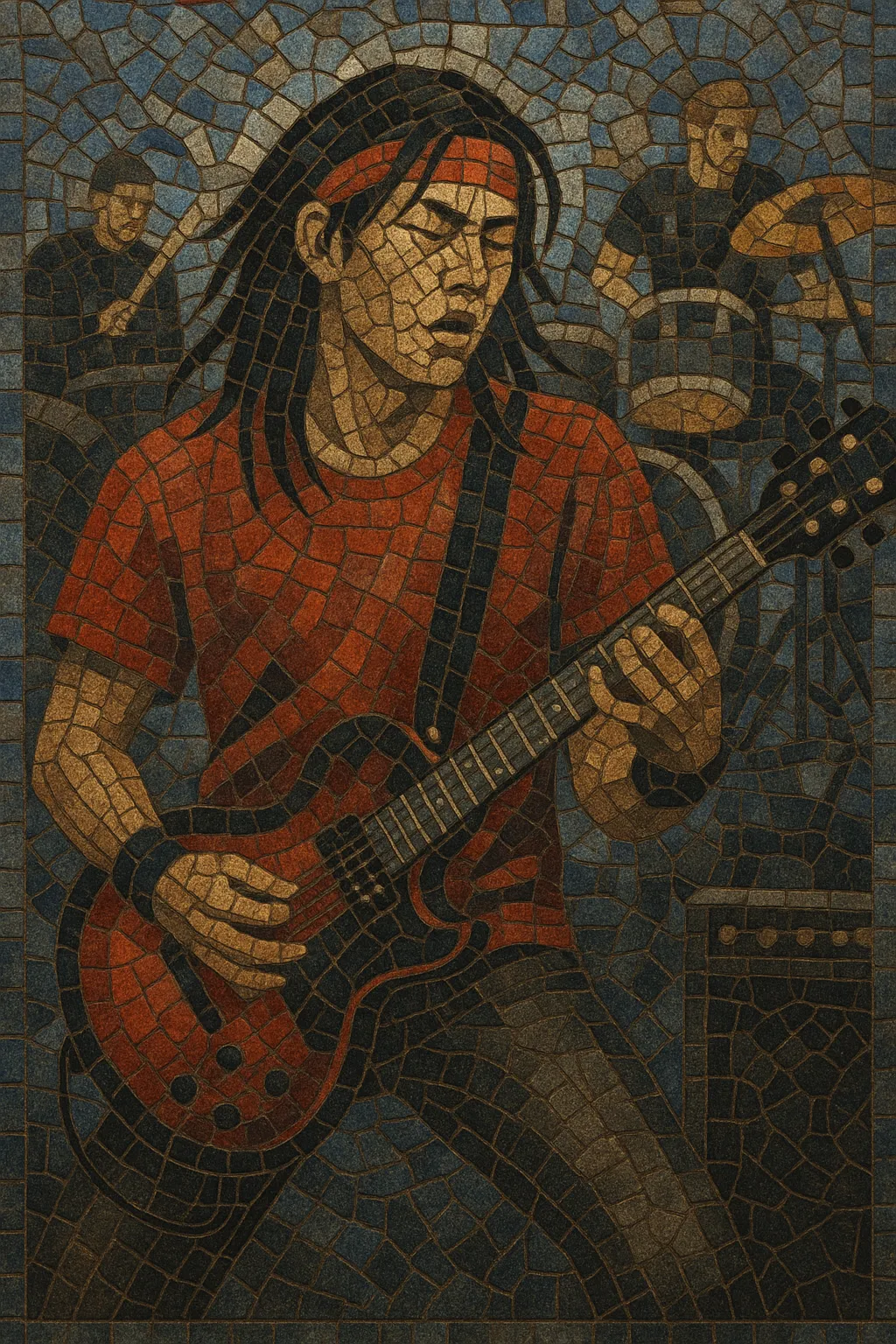Chinese rock (often called “yaogun” 摇滚) is the family of rock styles that emerged in mainland China as musicians fused Western rock idioms with Chinese melodic sensibilities and social commentary.
It typically uses the core rock band setup—electric guitar, bass, drums, and vocals—while drawing on pentatonic tunes, folk motifs, or even operatic phrasing. The sound ranges from anthemic hard rock and punk-inflected urgency to introspective, poetic alternative rock.
Lyrically, Chinese rock foregrounds personal freedom, urban change, and generational identity, becoming a vehicle for self-expression in a rapidly transforming society.
China’s “open door” era enabled imported tapes and broadcasts to circulate Western rock. In the mid‑1980s, Beijing musician Cui Jian catalyzed a movement with Nothing to My Name (1986), a stark, anthemic song that married rock instrumentation to plainspoken, socially aware Mandarin lyrics. Early bands rehearsed in makeshift spaces, adapting rock and roll, hard rock, punk, and new wave to Chinese melodic contours and speech rhythms.
A wave of landmark releases established a canon: Black Panther’s polished hard rock, Tang Dynasty’s epic, metal‑tinged sound, and the influential “Magic Stone” (魔岩) roster of Dou Wei, He Yong, and Zhang Chu. Rock venues and small festivals appeared, media coverage widened, and a recognizable Beijing scene coalesced around bars and rehearsal rooms.
As pop idol culture surged, rock receded from the mainstream but deepened underground. New labels (e.g., Modern Sky; later Maybe Mars), venues (such as D‑22), and festivals (e.g., Midi) fostered post‑punk, indie, and experimental strains. Bands like P.K.14, Miserable Faith, and later waves of alternative groups broadened the palette while retaining a distinctly Chinese voice.
Streaming platforms, touring infrastructure, and television shows (notably The Big Band/乐队的夏天) reintroduced rock to mass audiences. Contemporary acts integrate electronics, folk instruments, and refined production, while classic artists continue to influence new generations. International tours and festival slots have made Chinese rock increasingly visible on the global stage.


